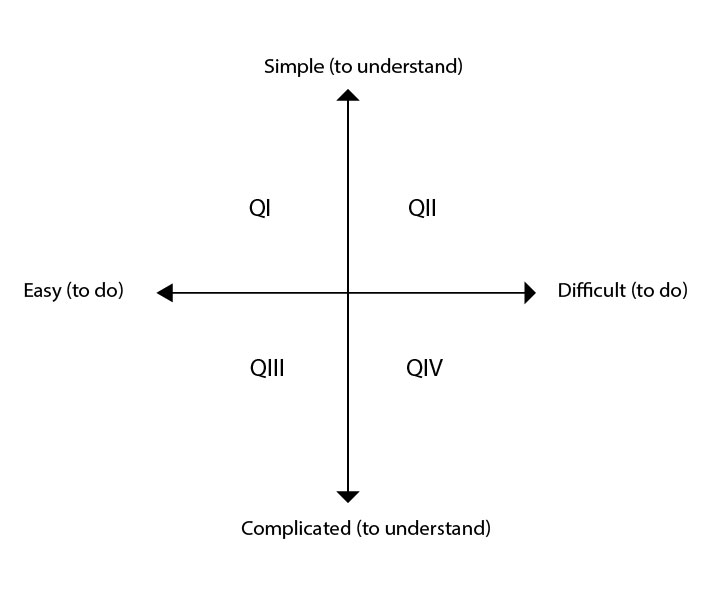My father was a mechanical engineer. He taught me at a very young age that it doesn’t matter how well-equipped your toolbox is if you don’t have the right tool for the job at hand. As a therapist who helps clients build their coping skills toolbox, I would add that one must also be able to use the tool (skill) with relative ease.
There are a boatload of teachable skills in my master toolbox. I do my best to tailor them to each client but often a technique that is simple for one can easily befuddle another. Coping skills are not always one size fits all.
A technique that stresses someone out is not going to be especially useful. I have always encouraged clients to “cherry-pick” the skills that work for them. That approach seemed effective yet I noticed there were a couple of techniques I felt were invaluable that everyone consistently kicked to the curb. Hmm, what was that about?
The answer across the board was, “That’s so hard!” Ok, I get that. Humans in general don’t like hard. But the technique in question was supposed to be hard. The very reason it worked was because it was difficult to do – counting backwards from a large number, by sevens, in order to occupy a particular brain center thus short-circuiting a rising panic attack. I needed a system that would help clients make solid decisions about what to keep in their coping toolbox and what to not even bother with.
So I came up with two juxtaposed continuums – who doesn’t love a continuum? – that describe elements of potential skills and techniques. And then used them to make a plottable graph:

When considering a coping skill for your toolbox, decide where on the graph it falls. If it falls in your quadrant four (QIV) forget it. If it is complicated to understand and difficult to do it isn’t going to fix anything and stands to make things worse. If it falls in your quadrant three (QIII) consider hanging onto it. It may take some effort to understand what it’s all about but once you get it, it’s fairly easy to do (see the article on Existing, Living, Thriving for example). The concept is a bit complicated for some at first, but boy oh boy there’s a heck of a payoff once you get it.
Anything above the horizontal axis is a keeper. Quadrant one (QI) is simple to understand and easy to do. Think: recognizing that your stress level has gone above a 5 on a 1-10 scale and taking a five minute break to deep breathe. Simple and easy. Quadrant two (QII) is simple to understand but maybe a bit difficult to do. That’s where recognizing you are heading towards a panic attack and counting backwards by sevens comes in. Simple to understand but maybe a little difficult to get the hang of. Suffice it to say that one of the very first skills you need to develop is how to develop your very first skills.


Great suggestion! I do the counting backwards by sevens to stop my mind from being overactive when trying to fall asleep. I usually only start at 100 so not too difficult, but a good distraction.